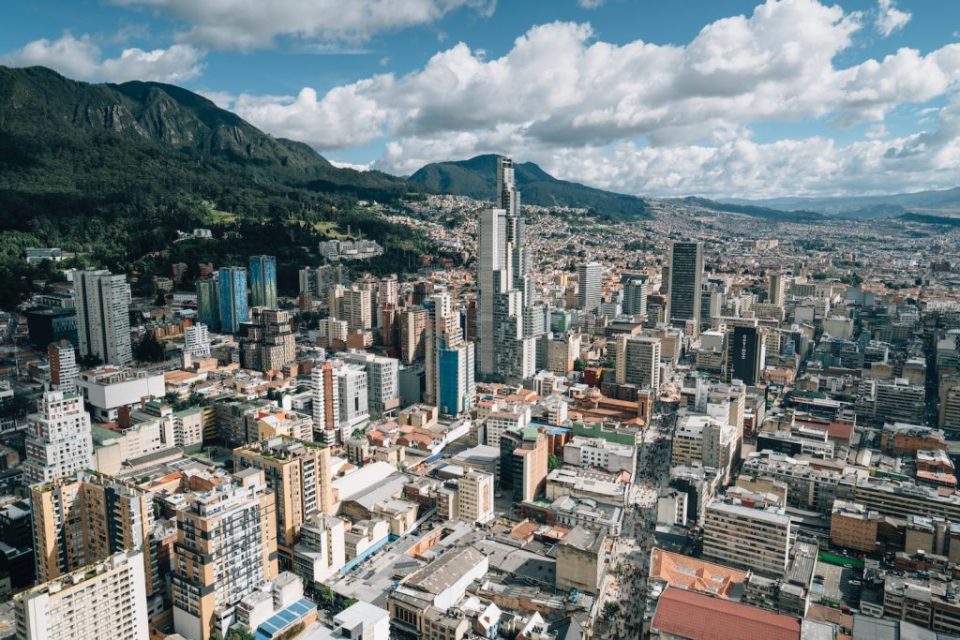The number of cash-only consumers or those without a financial account has decreased dramatically in Latin America (LATAM), a new Mastercard report has revealed.
According to new data from ‘The State of Financial Inclusion post COVID-19 in Latin America and the Caribbean: New Opportunities for the Payments Ecosystem,’ the number of people without an account across seven countries in the region has fallen from 45% to 21%.
The research, which was conducted in partnership with Americas Market Intelligence (AMI) and took place between November 2022 and January 2023, also suggests that financial inclusion is not evenly distributed. Only 59% of low-income respondents and 40% of respondents living outside major cities, indicated having an account.
“Today, financial inclusion is a priority that goes beyond access. To be truly successful, financial services need to be widely utilized. Helping people and communities scale the financial inclusion ladder – from access to usage and beyond – is a critical component on the journey to reach new levels of economic prosperity,” said Marcela Carrasco, Senior Vice President, Market Development, Financial Inclusion, Latin America and the Caribbean.
Access to credit?
Among the findings of the report, even though access to basic financial accounts has increased there is still a gap among these individuals to achieve more advanced forms of financial inclusion. For example, while 58% of Latin Americans own a credit card, only 3 out of 10 of them have access to other forms of credit (such as loans, insurance, or investment products.
While the use of cash for day-to-day expenses decreased in favor of digital payments methods, consumers are living in an era when cash is co-existing with digital payments methods. Before COVID, 25% of respondents indicated that they used cash for more than 75% of their monthly
Access to different forms of credit remains an essential component in financial inclusion. Similarly, respondents highlighted that access to financial education is equally important, reinforcing that financial inclusion is not just about offering products, but also about understanding unbanked populations and communicating benefits according to their needs. Despite the gaps that still exist in Latin America, consumers report that financial inclusion has had a positive impact on their lives.
Increasing financial inclusion?
The report also suggests that payment providers focus on five key areas to attract more users and increase financial inclusion. These include prioritising personalisation. focusing product development on credit, gamifying financial education, creating incentives and great private-public sector collaboration.
The markets of study included Argentina, Brazil, Colombia, El Salvador, Guatemala, Mexico, and Peru. The surveys had equal numbers of each gender (male and female) and had quotas on representative distribution across all income groups and according to capital cities (60%) and rural cities (40%).
A full breakdown of the report’s findings can be found here.










